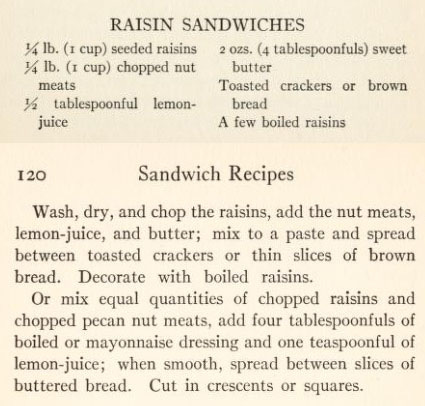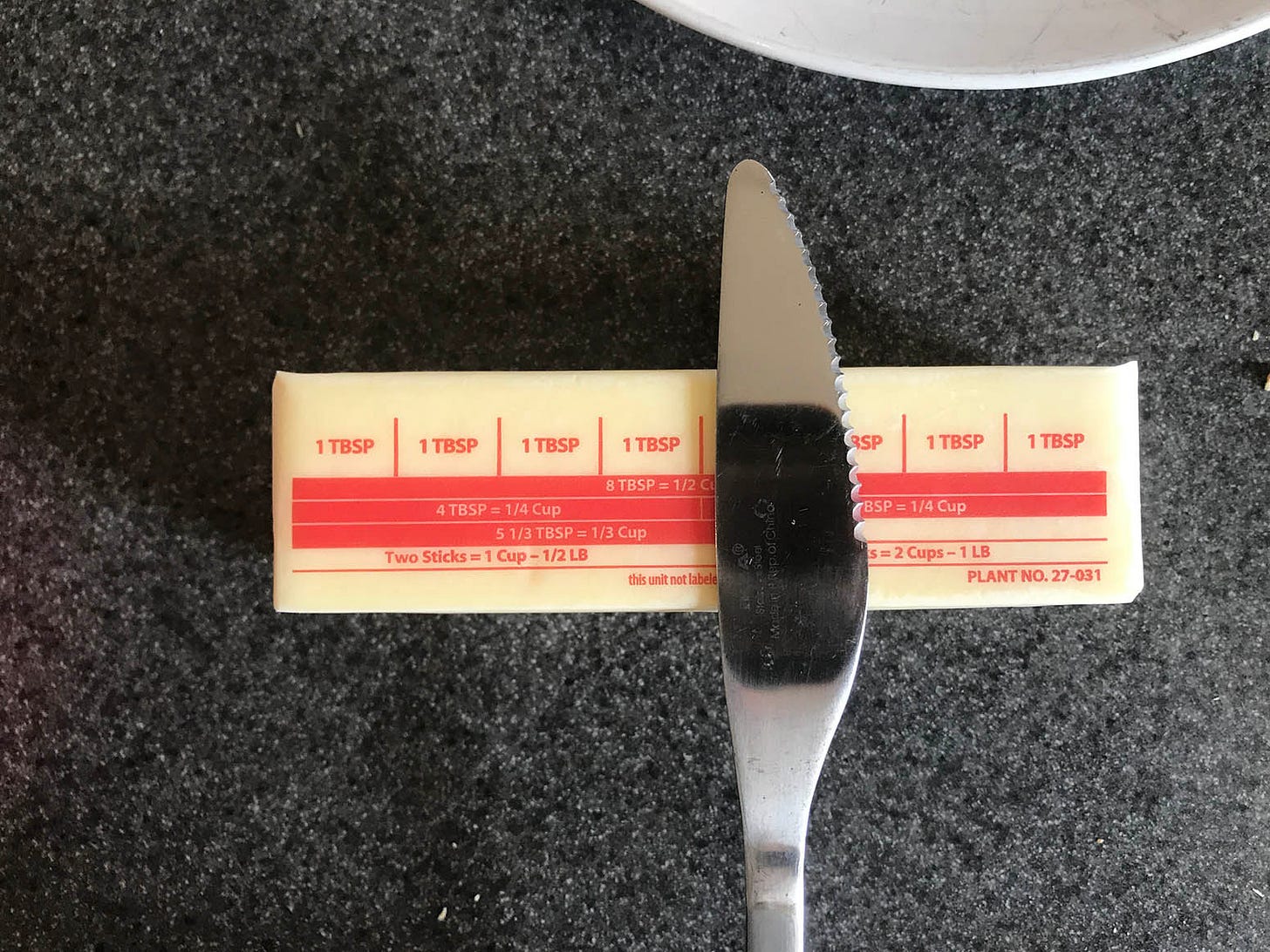
Let Hurricanes Stay Hurricanes
BY TOM SCOCCA
MORE THAN SEVEN inches of rain fell on Manhattan from Saturday into Monday, including, on Saturday night, the wettest single hour ever recorded there: 1.84 inches in Central Park between 10 p.m. and 11 p.m. Officially, New York City did not experience a hurricane; the storm system named Henri passed to the east, making landfall in Rhode Island. Even there, when it hit, it was technically "Tropical Storm Henri."
This happens again and again, as the warming climate stirs up more and more severe storms in the tropics and sends them churning northward—chased by news readers and weather pedants armed with nametags and anemometers. The storm that wrecked the Caribbean and entire East Coast in 2012 got its start as Tropical Storm Sandy, then strengthened to become Hurricane Sandy, dropped back to being Tropical Storm Sandy, regained the Hurricane Sandy name, and by the time its winds faded again as it inundated New York City (thereby earning a fixed place in the public record), it had fallen out of the categorization scheme again, so it got stuck with the ad hoc nickname "Superstorm Sandy."
"Hurricane Sandy" would have been fine. A country that keeps calling sportscasters "Coach" and former cabinet officials "Madame Secretary" can handle the concept of a storm keeping its "hurricane" title even after its one-minute sustained winds dip below 75 mph. It's all one weather event. Henri is "Hurricane Henri" on Wikipedia. The editors didn't spin off a separate page for what happened when it reached the Northeast.
Weather terminology frequently starts off in general usage, is borrowed and specialized for technical purposes, and then gets returned to the public with excessive restrictions attached. A blizzard was a big, windy snowstorm long before experts laid down the quarter-mile visibility limit on the category. "Hurricane" was the name for a violently windy storm from the tropics long before anyone was measuring wind speed at the eyewall. (Let's not even dwell on the Beaufort scale, where a 30 mph wind is merely a "strong breeze.")
In the case of northbound hurricanes this isn't just a matter of linguistic populism. The would-be precision leaves out meteorological facts. A "tropical storm" that never got above 74 mph has a different history than a major hurricane that has only just subsided to a "tropical storm” after making the trek north. Sandy wreaked havoc on New York because it arrived loaded down with rainwater and pushing immense amounts of seawater ahead of it—that is, because it was a monster hurricane.
The National Oceanic and Atmospheric Administration, when asked by email about calling ex-hurricanes “hurricanes,” strongly rejected the idea. Meteorologist Dennis Feltgen of the National Hurricane Center in Miami wrote:
Calling a tropical cyclone a hurricane when it is not would violate international agreement, and is unethical. Many impact-based decisions are based on the terminology. Also, there is no such thing as "just a" tropical storm. The difference between a tropical storm and a hurricane is one mile per hour. The impacts are identical.
Fine. Let the government keep the fine-grained, up-to-the-minute storm-class distinctions in their actual warnings: Henri is approaching—be prepared for winds of tropical-storm intensity on the coast, followed by inland flooding. Otherwise, for everyone else, give the hurricanes tenure.
APPLIED SANDWICH RECIPE DEP’T.
BY JOE MACLEOD

HERE IS MY laboratory exercise (non-exhaustive) for the RAISIN SANDWICHES recipe from Salads, Sandwiches and Chafing Dish Recipes, Copyright 1916, by Marion Harris Neil, M.C.A., as revived and presented, Public Domain-wise, in Hmm Weekly for July 27, 2021.

First of all, this makes a nice little sandwich! You take a bunch of good-tasting stuff, smash it all together, spread it on some sorta wheat substrate, and it’s success! You should make some!
While I was chopping the assorted nutmeats, I thought it’d be way quicker in a food processor, but I am afraid to use ours. Chopping raisins was a little weird, they just kinda stick to the knife and you keep pushing them back onto the cutting board and you’re not really sure if you are chopping or just smushing them. Again, food processor is probably the way to go.
I was puzzled by the BOILED RAISINS ingredient, and became fearful of some sort of Process, but it turns out you’re just sorta rehydrating, or “plumping” the raisin. You throw a few into a pan of water and bring it to a boil and then let ’em soak up some water for like 15 minutes until they really start looking like former grapes. If you don’t like raisins, wow, you are really gonna not like slouchy raisins with the water pumped back in.

Regular old bleached-wheat saltines worked fine for a complete sandwich, as opposed to an open-faced one, because with a saltine on top and bottom you’re getting the extra little salt sensation and whatever that flat taste it is you get with a cracker-ass cracker.
The only variations I tried this time were different crackers. Salty whole wheat Triscuits were OK as open-faced but not sandwiched. Ritz worked as a sandwich. The canned brown bread, B&M brand, took the whole affair too far into the sweet zone. I would suggest toasting the brown bread, then putting a very thin schmear of butter and then getting a little bit of salt to stick to the bread.

It’s the whole salt-sweet thing! Maybe the lemon juice could be upped from a half-tablespoonful to a full tablespoon. In the future I am gonna mess around and boost the savory aspect by adding some Worcestershire when I combine the ingredients for the paste.
I am also going to try the alternative recipe with mayonnaise instead of butter and I will send in the results from my doctor’s office. Good appetite!
ADVICE DEP’T.
THE SOPHIST is here to tell you why you're right. Send your questions to indignity@indignity.net, and get the answers you want.








